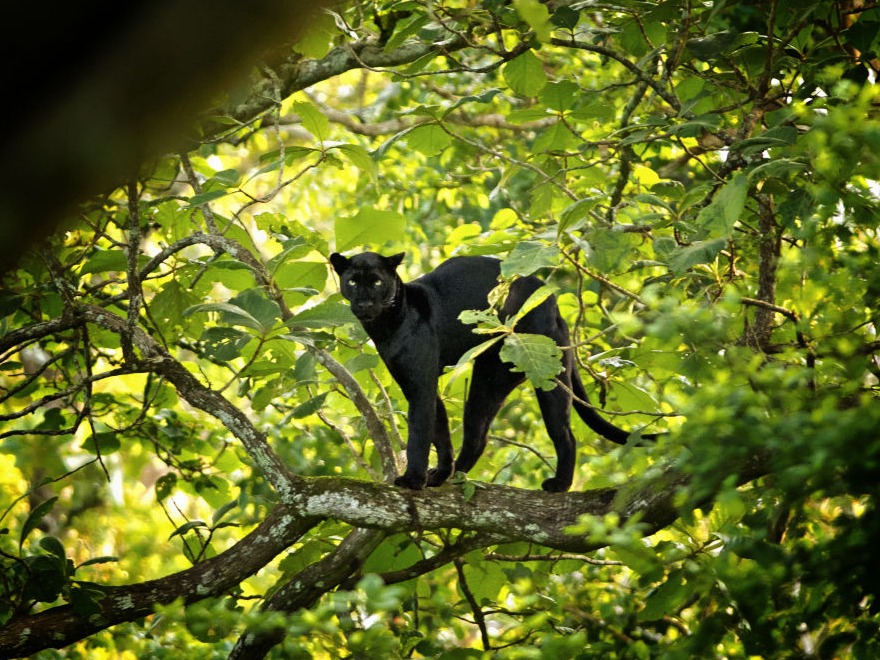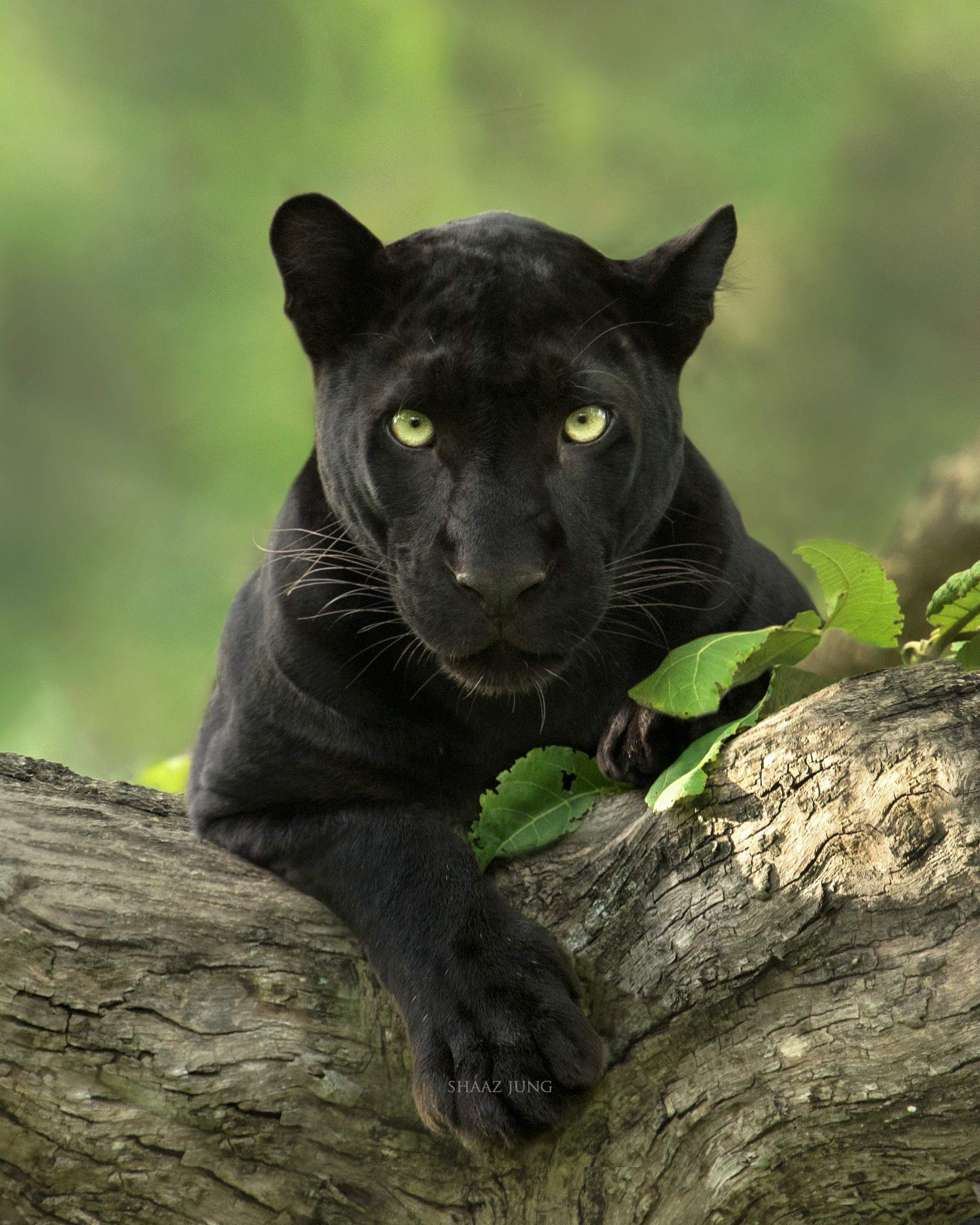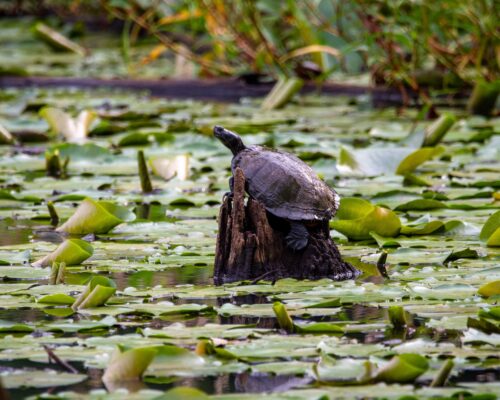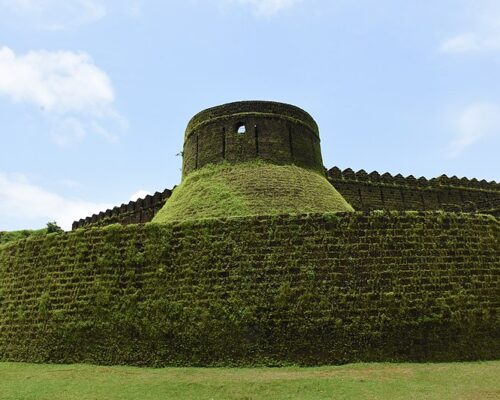The Kabini forest reserve is one of the best wildlife destinations in Karnataka mainly because of its accessibility, rich green vegetation, water body, and the possibility of animal spottings like herds of Elephants, Jaguar, Tiger, and Black Leopard. An eighty-kilometer drive from Mysore or a 205 kilometers drive from Bengaluru makes accessibility much easier for people from Karnataka and people from Kerala can reach through Wayanad, which is the land of origin of the Kabini River. The connection of south-eastern parts of Nagarahole National Park gives more chances for animal spotting during the summers. On the banks of Kabini Reservoir, we can find fifty-five acres of forest land, steep valleys, and other water bodies. In ancient times Kabini was the hunting spot for Mysore Maharaja, British viceroys, and Indian Royalties. Kabini is surrounded by the Nagarhole wildlife sanctuary and connected to several other lands like Tholpetty Wildlife Sanctuary, Kuruva Island, Sagar Dam, and Wayanad respectively. Our resort in Kabini is a wonderful place for you to stay when you are visiting Kabini. Our resort in Kabini will rejuvenate you in between safaris and tiger sightings.

There are many wonders in the world, but the most wondrous place is Kabini in India which is truly a magical place. Where you can be free in the wild, run around, and find your true calling, where you can learn about our very own mother nature at last. This place is the Kabini Wildlife Sanctuary. Kabini is a true haven for big cats who love to prey in the wild.
Big Cats in Kabini – The Kabini Wildlife Sanctuary is paradise when it comes to the big cats. There are over 93 tigers, around 100 leopards, and one black panther in Kabini. If you wish to spot the maximum number of wildlife animals during your visit, then the best time to visit Kabini is between November and January. For nature lovers, the best time to visit Kabini is between July and October when the forest turns into a lush majestic green. Here in this amazing Kabini forest, we can see the most majestic animal of all, the great tiger, the stealthiest animal, the leopard, and the rarely seen, black panther which is the melanistic leopard. Kabini is most famous for its tigers, but this sanctuary has abundant elephants, monkeys, sambar deers, sloth bears, and crocodiles, Te gaur is the bison, spotted deer also known as the cheetal, and its 250 species of birds, are all a part of Kabini. From its small mongooses to its majestic tigers, Kabini has it all.

Image Credits: Shaaz Jung
The Black Panther in the food chain – Black panthers are considered a dominant predator at the top of the food chain in their environments, and they prey upon deer, tapir, and wild boars, but will also eat anything they can dominate when large prey is scarcely available to hunt. Panthers are generally considered apex predators with no natural predators in the wild to take them down.
Panthers are completely nocturnal hunters and can hunt on land or ambush prey from treetops. They prefer large mammals, but will also eat rabbits, birds, and smaller animals when really hungry.
The biggest threat to the black panther is the loss of habitat rather than other predators. It is considered threatened or even endangered by wildlife experts due to deforestation of the black panther’s natural range because of human encroachment and agricultural usage that will reduce the habitat of the black panther. Panthers are generally solitary animals.
Saya – The melanistic leopard – who wandered into Kabini Saya is a melanistic leopard who wandered into the Kabini Wildlife Sanctuary. Sya is a needle in a haystack as the only one of his kind in the forest. Unlike tigers, leopards are very elusive and nocturnal because they’re not the apex predators in Nagarhole unlike everywhere else.
The forest is home to tigers, wild dogs, and other predators which makes it more difficult to tell the story of leopards, leave alone one melanistic leopard, who is not just surviving but thriving against the odds of natural selection.
This leopard lives in a dry deciduous forest like Nagarhole, which stays dry for six months in the year, and extremely wet for the remaining six.
Saya doesn’t belong here, which means he had to adapt. This adaptive melanism makes him very unique. He developed these beautiful characteristics and little quirks that you had to understand to track him in the forest. Since his skin wears a black coat, it absorbs heat faster than the average leopard. Also, unlike most leopards, he loved the rains remarkably. Whenever there is a thunderstorm, Saya would be seen climbing a dead tree to enjoy it, whereas other leopards tend to take cover under a thick undergrowth. Understanding these characteristics based on weather and habitat was the key to tracking him in the forest.
Saya has often been called ‘Bagheera’ in reference to Rudyard Kipling’s character Bagheera which was a black panther from the jungle book by the general netizens.
Stay at our resort in Kabini and try to spot Saya during your safaris however Saya and other predators thrive working in stealth and when one goes on safari, the aim should be to enjoy the entirety of the forest and not just be disappointed if a big cat is not spotted.
Saya has often been called ‘Bagheera’ in reference to Rudyard Kipling’s character Bagheera which was a black panther from the jungle book by the general netizens. Stay at our resort in Kabini and try to spot Saya during your safaris however Saya and other predators thrive working in stealth and when one goes on safari, the aim should be to enjoy the entirety of the forest and not just be disappointed if a big cat is not spotted.



